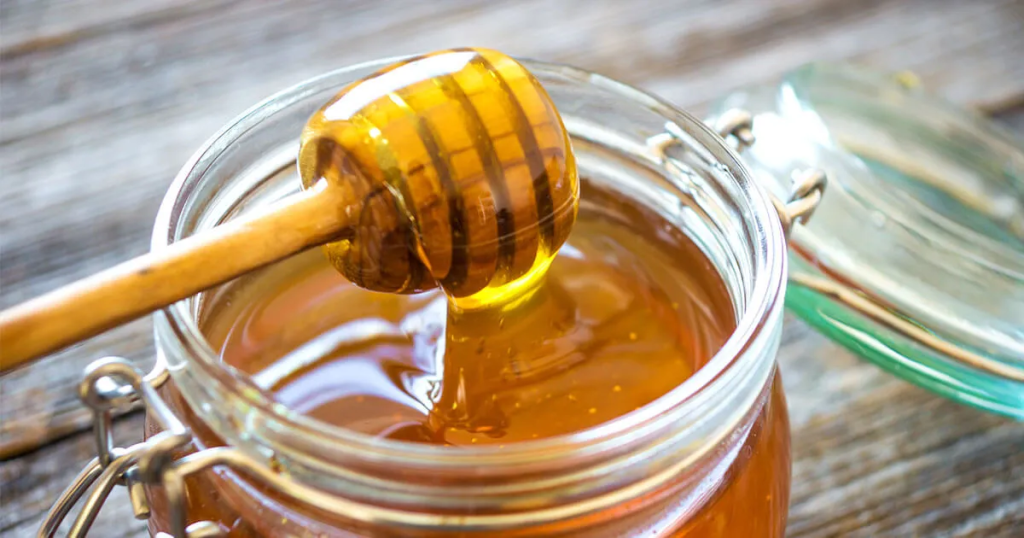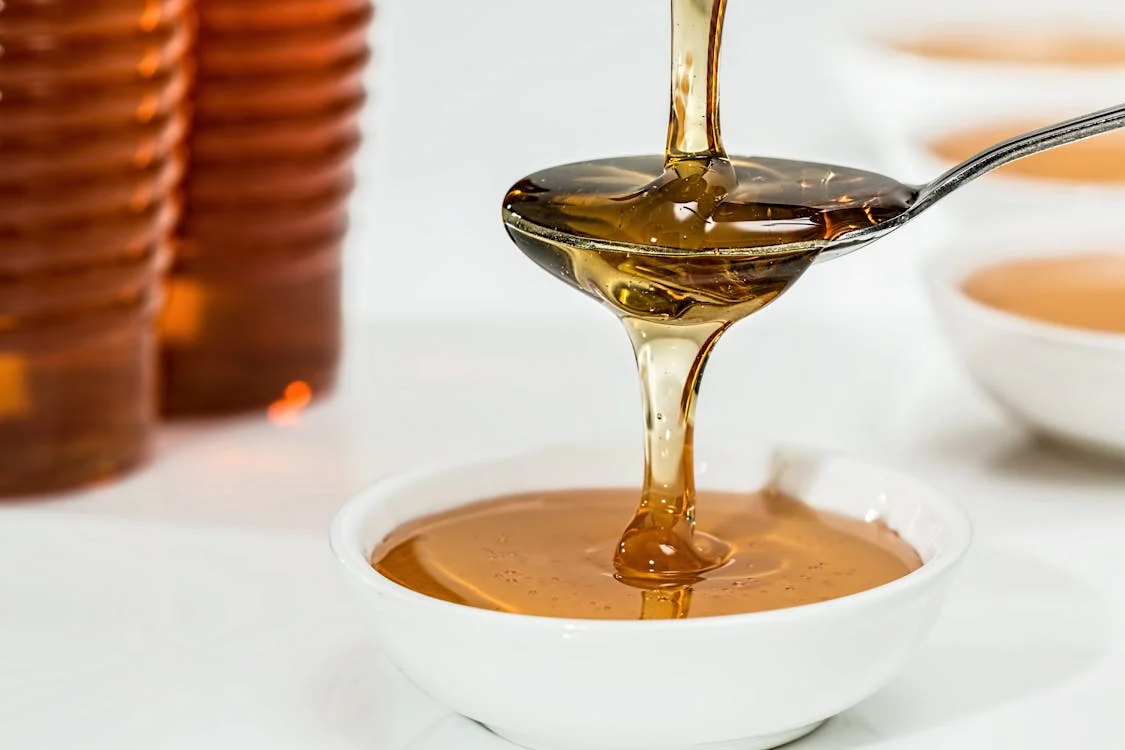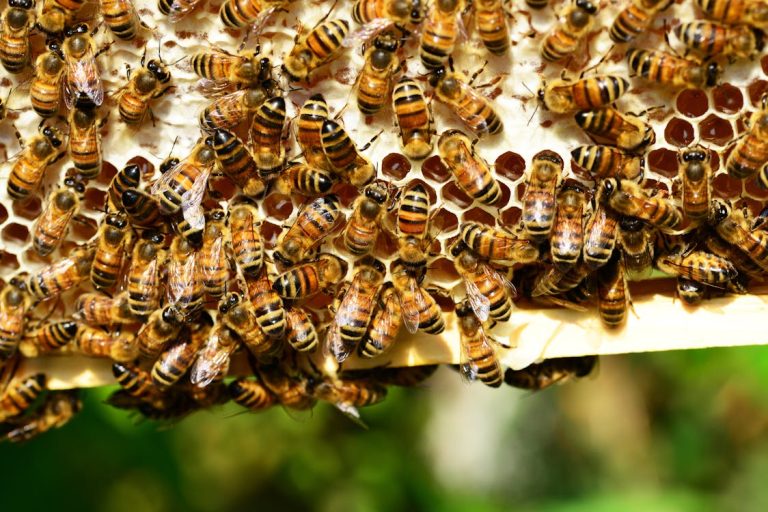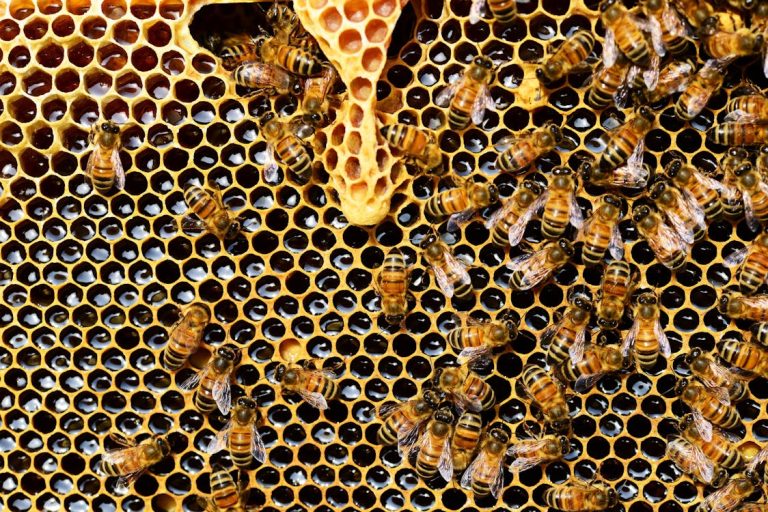The Sticky Truth: What Makes Honey So Adhesively Sweet?

Honey, with its golden hue and irresistibly sweet taste, has been a beloved natural sweetener for centuries. Beyond its delicious flavor, honey’s stickiness is one of its defining characteristics. But have you ever wondered what exactly makes honey so sticky? In this blog post, we’ll delve into the science behind honey’s adhesive properties, exploring the unique composition of this remarkable substance.
The Chemistry of Honey:
At its core, honey is a complex mixture of sugars, water, and trace amounts of other compounds. The primary sugars in honey are glucose and fructose, which together make up the majority of its composition. These sugars are hygroscopic, meaning they attract and absorb moisture from the surrounding environment. As a result, honey has a low water content, typically around 17-20%, which contributes to its thick, viscous texture.
In addition to sugars, honey contains various enzymes, amino acids, vitamins, and minerals, all of which play a role in its composition and properties. One key component of honey is an enzyme called invertase, which converts sucrose (table sugar) into glucose and fructose. This enzymatic activity helps break down complex sugars, making honey easier to digest and contributing to its sweetness.
The Role of Hydrogen Bonding:
Another factor that contributes to honey’s stickiness is its ability to form hydrogen bonds with other molecules. Hydrogen bonding occurs when hydrogen atoms in one molecule are attracted to electronegative atoms (such as oxygen or nitrogen) in another molecule. In honey, the hydroxyl groups (-OH) present in sugars and water molecules can form hydrogen bonds with each other, creating a network of intermolecular forces that give honey its cohesive and adhesive properties.
The viscosity of honey—the measure of its resistance to flow—is also influenced by these hydrogen bonds. As honey ages, these bonds may break and reform, causing changes in viscosity and texture. This is why honey may become thicker and more viscous over time, eventually crystallizing into a semi-solid state.
Environmental Factors:
Various environmental factors, such as temperature and humidity, can also impact the stickiness of honey. For example, honey tends to become more fluid when heated, as the heat breaks down the hydrogen bonds and reduces viscosity. Conversely, cooler temperatures can cause honey to thicken and become more viscous, making it appear even stickier.
In conclusion, the stickiness of honey is a result of its unique chemical composition, particularly its high sugar content, enzymatic activity, and ability to form hydrogen bonds. These factors work together to create a thick, viscous substance that adheres to surfaces and resists flow. Whether drizzled over pancakes, stirred into tea, or used as a natural remedy, honey’s sticky sweetness continues to captivate and delight us, making it a truly remarkable gift from nature.




